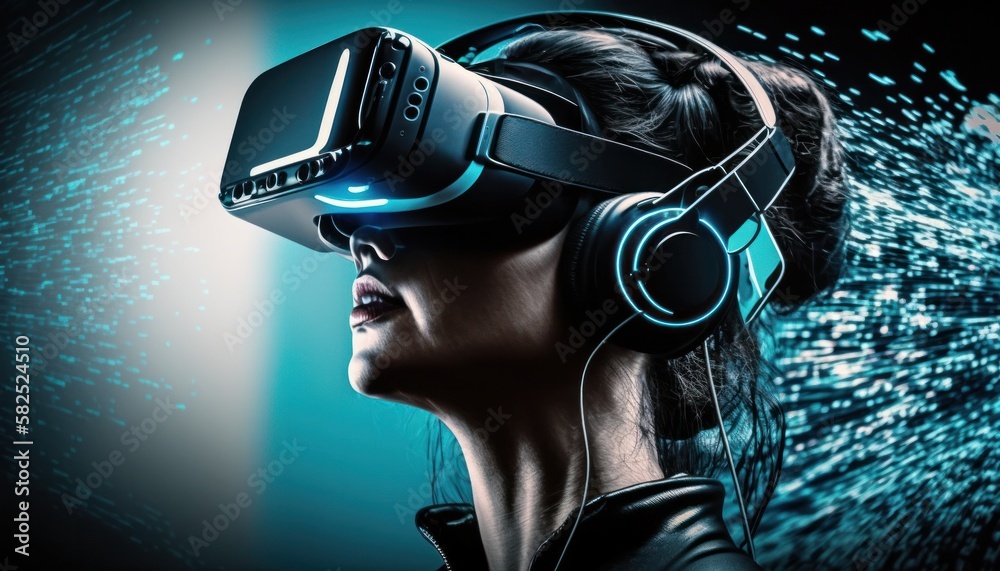
In recent years, virtual reality (VR) technology has made significant advancements in various fields, including healthcare. One area where VR shows immense promise is in hearing rehabilitation, offering new and innovative ways to improve the lives of individuals with hearing loss. Let’s explore how VR may transform audiology and the potential benefits it offers for patients undergoing hearing rehabilitation:
1. Enhanced Engagement and Motivation: Traditional hearing rehabilitation exercises can be repetitive and mundane, leading to decreased motivation and engagement. VR technology can make these exercises more interactive and enjoyable, motivating patients to participate actively in their rehabilitation process.
2. Realistic Simulations: VR can create realistic simulations of various listening environments, allowing patients to practice and improve their hearing in different scenarios. This can be particularly beneficial for individuals with hearing aids or cochlear implants, helping them adjust to new devices and improve their listening skills in challenging environments.
3. Personalized Rehabilitation Programs: VR technology can be used to create personalized rehabilitation programs tailored to each patient’s specific needs and goals. This individualized approach can lead to better outcomes and faster progress in improving hearing abilities.
4. Safe and Controlled Environment: VR provides a safe and controlled environment for patients to practice listening and communication skills. This is especially beneficial for patients with social anxiety or those who may feel uncomfortable in real-life social settings.
5. Quantifiable Progress Tracking: VR systems can track and record patients’ progress over time, providing audiologists with valuable data to assess their improvement and adjust rehabilitation programs accordingly. This objective measurement can help patients stay motivated and engaged in their rehabilitation process.
6. Accessibility and Convenience: VR technology can be used remotely, allowing patients to access rehabilitation programs from the comfort of their homes. This can be particularly beneficial for individuals with mobility issues or those living in remote areas without easy access to audiologists.
7. Potential for Future Advancements: As virtual reality for hearing continues to evolve, the possibilities for its application in audiology are endless. Future advancements may include more immersive simulations, personalized virtual environments, and integration with other technologies for comprehensive hearing rehabilitation.
In conclusion, virtual reality for hearing rehabilitation may be a game-changer in the field of audiology. Its ability to enhance engagement, provide realistic simulations, and personalize rehabilitation programs makes it a valuable tool for improving the lives of individuals with hearing loss. As VR technology continues to advance, it holds great promise for the future of audiology and hearing healthcare.
